Ducati began with a clean slate for the 2013, but made sure to not lose the character that is the Hypermotard. Gone is the air-cooled powerplant available in both the 796 and 1100 variants, replaced with a singular 821cc water-cooled Testastretta 11 engine that is shared between the Hypermotard and Hypermotard SP. With a claimed 110 horsepower on tap, the new mill puts out 20 more peak ponies than the outgoing 1100, but has 10 less torque with 68.5 ft-lb. Additionally the service interval for this newest Testatretta engine is 18,500 miles – the longest thus far from Ducati.

An APTC, oil-bathed clutch is a new addition to the final drive, compete with a slipper function. Using a self-servo mechanism to press the plates together under acceleration allows for lighter spring rates, and on decel the servo releases pressure for improved rear wheel control on downshifts. The clutch is cable operated, but the pull is light and smooth.
Forward thrust is now metered by a fly-by-wire twist grip operating individual 52mm throttle bodies, which are controlled by a Magneti Marelli fuel injection system. The FI system draws from a larger 4.2 gallon fuel tank that is 0.9 gallon larger than the previous model. While the Testastretta 11 is a thirstier engine, the fuel range is now increased to an acceptable level. The Ducati Safety Pack is standard and includes three levels of ABS and eight levels of DTC (Ducati Traction Control).
Three riding modes are selectable but differ between the Hypermotard and Hypermotoard SP. The standard model gets Sport, Touring and Urban modes, with the two top tiers pumping out 110 hp. The ABS and DTC settings are low in Sport, while Touring gets a middle of the road treatment for the electronic aides. Urban drops the power to 75 hp and cranks up the ABS and DTC. On the SP Race mode puts out full power and drops the DTC to Level 2 and turns off the ABS to the rear end for supermoto-style slides. Sport mirrors the standard model’s setting by the same name and Wet brings the ABS to Level 3 and DTC to Level 7 and delivers 75 hp.
Wheelie control is determined by the ABS setting. Level 1 allows for as much 12 o’clock action as you desire, Level 2 lets the wheel come up but controls the lift, and Level 3 keeps the front wheel planted.

The team charged with the Hyper’s redesign was charged with not only fitting a new engine, but also softening the hard-edged handling slightly to appeal to the less hardcore rider. That began with a new steel trellis frame and aluminum sub-frame halves. The rake has been increased to 25.5 degrees with 4.1 inches of trail. The wheelbase is now 1.6 inches longer at 59.2. All this is meant to increase the stability while still retaining the Hypermotard’s characteristic agility.
The first generation Hypermotard had a very aggressive seating position that made longer rides a chore. This new model gets more relaxed and comfortable ergonomics. The seat has more room to move rearward while the footpegs have been moved forward easing strain on the nether regions. A more upright feel is enhanced further by the bars being set back closer to the rider than before. Seat height is a tallish 34.2 inches for the standard and a towering 35 inches for the SP. A low seat option is available that knocks almost an inch off that height.

Suspension duties on the standard model is handled by a non-adjustable Kayaba 43mm fork with 6.7 inches of travel and a preload and rebound adjustable Sachs rear shock that strokes the rear wheel through 5.9 inches. The higher spec SP gets a lighter, fully adjustable 50mm Marzocchi fork with 7.3 inches of movement and a Ohins rears shock that supplies 6.9 inches of travel that is also fully adjustable. With the longer stroke suspension comes more ground clearance at 8.3 inches over the base model’s 7.5 inches of clearance.
As expected Brembos handle the braking duties on both models. M4-32 cast Monbloc calipers clamp down on 320mm front rotors. A Brembo twin-piston caliper is mated to a 245mm rotor at the back wheel. The SP model gets a larger Brembo radial master cylinder than the standard axial component.
The base model sits on Pirelli Diablo Rosso II tires wrapped around cast aluminum 10-spoke wheels. On the SP lighter forged Panigale S style Marchesini wheels get the oh-so-sticky Pirelli Supercorsa SP tires.
Finally the SP gets the carbon fiber treatment to the cam-belt covers, front fender and fork guards along with magnesium cam covers. A textured seat with horizontal stitching increases grip, and a special Ducati Corse livery completes the SP’s racier look.
On the Road - Hypermotard
The morning of the press ride, the temps around Ronda, Spain dropped to the freezing mark. Not the best situation to be shredding unfamiliar and shaded backcountry roads, and we were instructed to keep the DTC and ABS on throughout the ride. I decided to give the Urban setting a try first as the roads would be cold and slippery. For this morning jaunt we would be riding only the standard model, as the SP units were waiting for the afternoon track session.

Power output from the Urban setting was less than inspiring and mellow to say the least. It was, however, safe when the traction is less than optimal. The ABS kicks in early and would keep a less than experienced rider in line if and when a handful of stoppers and diminished road surfaces collide. Quickly, I turned my attention to Touring Mode.
In Touring the power is much more in line with the Hyper’s outward and extreme personality. Throttle response is smooth and meters perfectly. The ABS was still present and intervened regularly when hard on the binders. Even with such cold conditions the DTC was not noticeable. Getting on the gas hard gets the rear Rosso II to squirm but it never steps out or loses traction unexpectedly. Front end feel on the less than warm asphalt was vague, especially on turn in. Most likely this was a combination of the conditions, the tires and lack of speed.
Finally clicking into Sport for photos, the true character of the Hypermotard became apparent. Throttle response was crisp and immediate. The front tire rose from the pavement with ease in first and second gear and would occasionally lift off in third with a bounce on the front end at the right time. The ABS is less intrusive in this mode, but I would still prefer to go without. The Urban and Touring modes have their place without question, but Sport mode is what the Hyper is all about.

It was tough to ascertain any real impressions of the Hypermotards handling characteristics with the frosty conditions. So I turned my attention to comfort and everyday life with the Hyper. While the ergos leave you hanging out in the wind with the wide bars and upright seating, the Duc is surprisingly comfortable. If you have a dirt bike or adventure bike background you’ll feel right at home. I could ride this thing all day. Less hardened individuals, maybe ¾ of a day.
My only complaint on the morning would be with the smallish mirrors that have been relocated from the hand guards on the OG Hyper to conventional stalks. Anytime I wheelied or hit a rough patch, the mirrors would sag and I’d have to readjust them. Not a big deal, but it could be a daily annoyance that would get old quick.
On the Track – Hypermotard SP
After lunch the track had warmed sufficiently to give the SP the business. Not that I was worried as the Pirelli Supercorsa SP tires have a considerable amount of grip for street tires.
For the first session, Sport would be the setting to learn the track and have the safety blanket of the Ducati Safety Pack, mainly the DTC. Even with the most ham-fisted throttle application; the Pirellis negated the need for traction control. I cursed the ABS every lap in the tightest section of the circuit, it feels so much more unnecessary on the track than on the street.

Finally getting to dip the Hypermotard into a corner with aggression, it was amazing how planted the tall and skinny chassis really is. Just as in the street ride, the level of front-end feel was vague on turn in and the words communicative could never be used to describe it. That said, as the pace was quickened, the lean angle was increased and hard parts began to drag it was obvious the grip is there. Just trust the front will stick and it will.
For the second and third session Race mode was the only option for me. I would settle for no less and, to be honest, it should be the de facto choice for racetrack work. Finally I could spike the rear brake, down shift two gears and step the rear end out. The APTC clutch worked as advertised and kept the rear end under control as tried my best to back the SP into a hard right. This is how I imagined and hoped my time on the Hypermotard would be.
Even with the towering seat height and massive ground clearance, in no time I was grinding footpegs and shaving knee pucks in every corner. The wide bars gave plenty of input to the front and gave loads of room to move about. The rear end was planted and controlled even on the bumpier sections of the fairly smooth Ascari Race Resort. The front suspension action was composed and did not dive excessively on braking.

In Race mode the lack of ABS at the rear is just what the Hyper needs. The ability to lock the rear brake while modulating the front has a very natural feel, and with this setup I never got into the ABS in the front. The Brembo Monoblocs mated to the radial master cylinder have excellent bite and wonderful feel, even routed through the Bosch controller.
At $14,695 for the SP, is the increased price worth it? Absolutely. If not for the suspension, do it for the brakes, wheels, tires and sweet paint scheme. Some may argue why not just go for the Ducati 848 EVO Corse SE for nearly the same price. To that I say, because the Hyper is more fun.
Ducati has successfully built a better Hypermotard. It’s a more capable machine for everyday usage, but it still has a wild streak that will keep the most hardcore rider entertained. With the option to temper the personality via riding modes, Ducati has left it up to the rider to write the prescription.















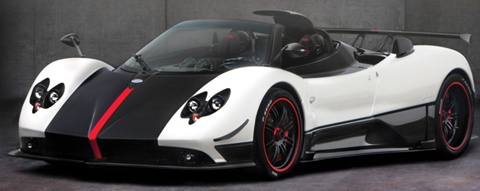
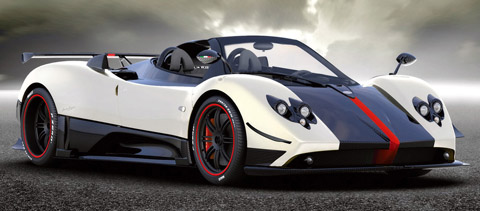
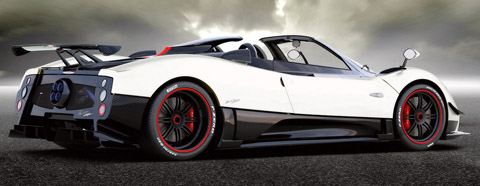



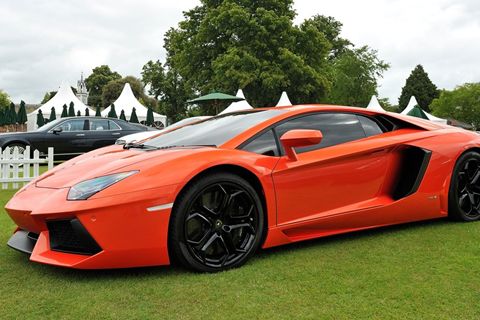







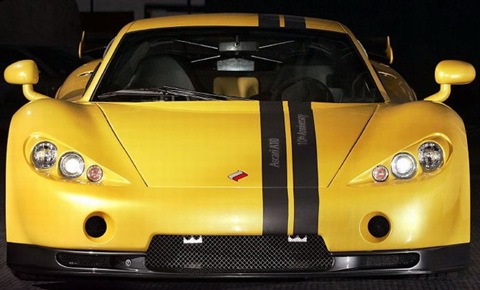
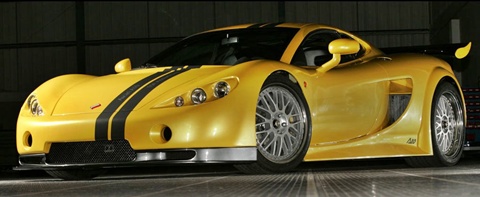

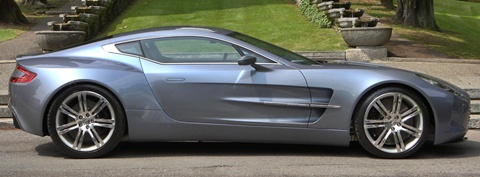






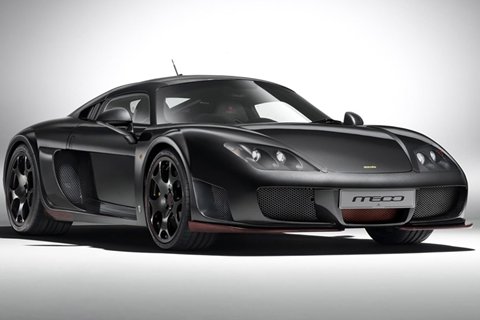
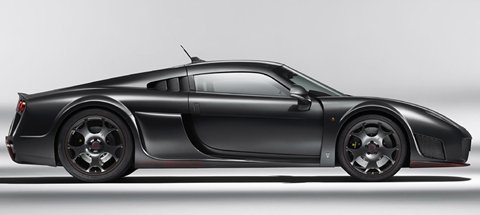






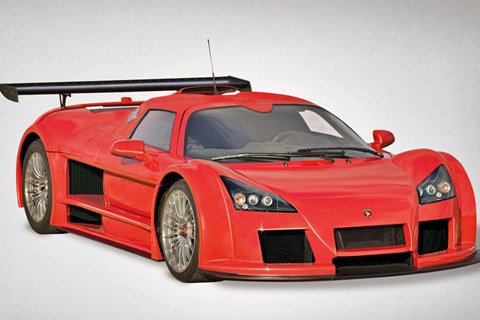
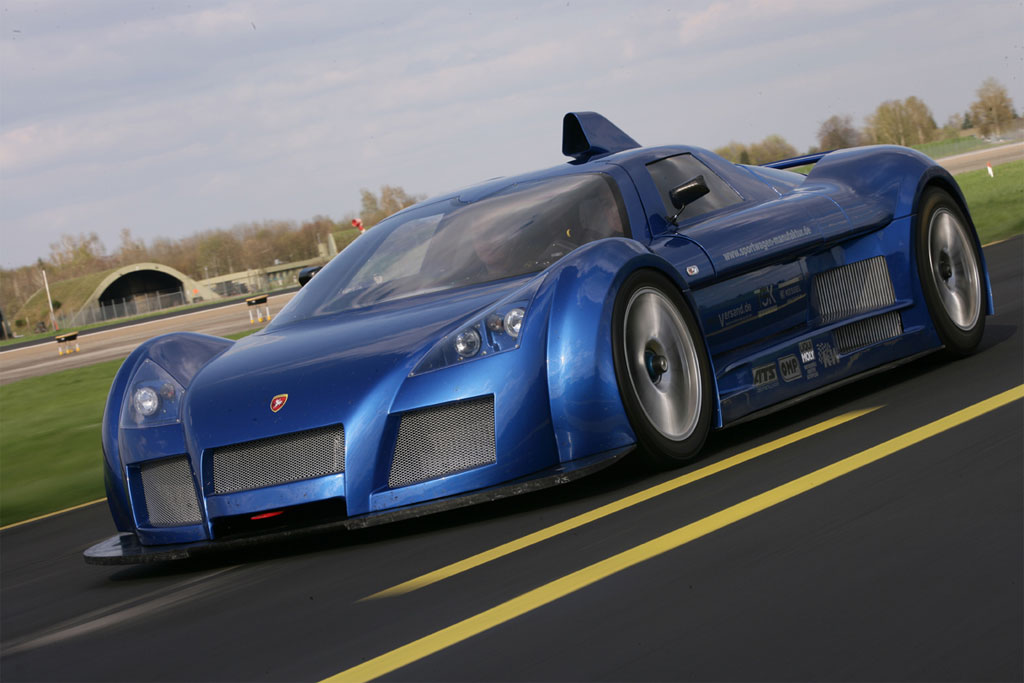 Diffusers provide additional down-force and additional vents aid in cooling, while providing some additional eye candy for onlookers. One of the things that Gumpert has prioritized in this car is that it has to be lightweight. They were able to do this by using a generous amount of carbon fiber. This light and strong material can be found on the monocoque and the instrument panel, to name just 2. Overall, it weighs between 2400 and 2600 pounds.
Diffusers provide additional down-force and additional vents aid in cooling, while providing some additional eye candy for onlookers. One of the things that Gumpert has prioritized in this car is that it has to be lightweight. They were able to do this by using a generous amount of carbon fiber. This light and strong material can be found on the monocoque and the instrument panel, to name just 2. Overall, it weighs between 2400 and 2600 pounds.










